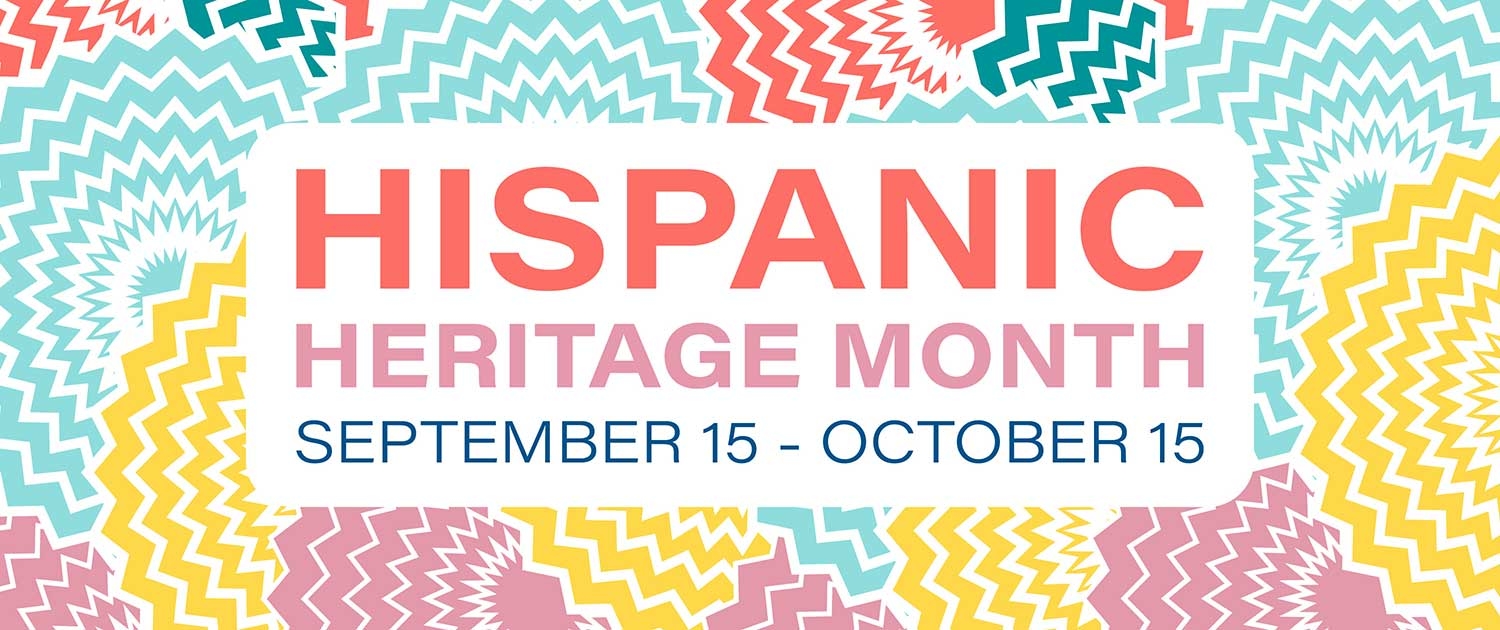Hispanic Heritage Month
Hola! Each year, America celebrates National Hispanic Heritage month from September 15th to October 15th. Though it has been around for 53 years, it seems like a relatively new event to many Americans. For that reason, we thought we would take the opportunity to review this month and what it means, and do so in a question and answer format.
Do you have to be Hispanic to celebrate?
No, not any more than you have to be Black to observe Black History Month or Irish to celebrate Saint Patrick’s Day. One of the best things about America is that we celebrate each other’s origins and history.
How did National Hispanic Heritage month start?
In 1968, Edward Roybal, a Hispanic congressman from Los Angeles, proposed and passed a bill for a Hispanic Heritage Week. Twenty years later another California Congressman, Esteban Edward Torres, sponsored legislation to expand it to a month.
Why does it start halfway through September?
Starting on the 15th is a nod to the dates that a number of Latin American countries—specifically Chile, Costa Rica, El Salvador, Guatemala, Honduras, Mexico, and Nicaragua—won their independence from Spain. All of them became independent nations sometime between September 15th and 21st of 1821.
This has the added benefit of ensuring the commemoration starts well after Labor Day and ends well before Halloween.
Who is Hispanic?
Just over 17% of Americans, or about 54.2 million people, list themselves as Hispanic or Latino. While the term “Hispanic” is often used as a racial category, it is actually a multiracial group. Essentially, anyone who primarily speaks Spanish at home and/or traces their ancestry to a Spanish-speaking nation is considered Hispanic. Even some Americans with Brazilian ancestry identify themselves as part of Hispanic culture (despite the fact that Portuguese is the primary language there) because the demographics and culture of Brazil share more similarities with the rest of Latin America than differences.
You will find that there is enormous diversity among Hispanic people! The term includes immigrants and descendants from 22 countries on four continents, ranging from Blacks from the Dominican Republic or Equatorial Guinea, to blonde, blue-eyed Spaniards. It is a multifaith group as well. While many American Hispanics are Catholic (48%), many others are Protestant, Orthodox, Mormon, or followers of non-Christian faiths. Approximately 4% of Hispanic Americans list themselves as atheist or agnostic.
How extensive is Hispanic influence in American culture?
Law, literature, science, the arts…it would be easier to list the parts of American culture that haven’t been changed by Hispanic and Latino influences!
Let’s begin with language. Dozens of words came into English directly from Spanish, including admiral, armada, tornado, bronco, caldera, poncho, cargo, bodega, incommunicado, rodeo, patio, guerrilla, corral, aficionado, vertigo, vigilante, and cafeteria. Many others are Spanish terms that became anglicized. For example, vainilla became vanilla, vaquero became buckaroo, and el lagarto became alligator. Some terms originated in the Nahuatl language spoken by the Aztecs or in other languages encountered by Spanish explorers. Chocolate comes from the Aztec’s xocolatl, while hurricane is a corruption of the name Juracán, a god of storms worshipped in the Caribbean.
And of course, we knowingly mix many Spanish words into American English, such as amigo, macho, hombre, barrio, etc.
What about the Spanish language itself? Not surprisingly, Spanish language radio is the largest non-English media segment in America, and Spanish is the most commonly learned language in American schools. This amounts to tens of millions of current and new Spanish speakers.
Then there’s food! Not only has Mexican food become a staple of the American diet, it has affected other cuisines as chefs adopt Latin cooking techniques and spices into other dishes, helping America be the home of the ultimate fusion cuisines. The spicy nature of many Mexican dishes also prepared the American palate for the heat in other ethnic cuisines, such as Indian, Thai, and Sichuan and Hunan Chinese, boosting their popularity and making our diet even more diverse.
The wider influence of Hispanic lawmakers, scientists, military members, activists, artists of every type, and everyday citizens is a book length subject! Americans with Spanish speaking heritage have helped make our nation great, and we hope you embrace and enjoy a month that honors that greatness.





